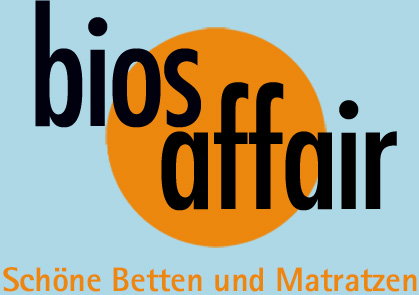Alternative treatment methods
Feldenkrais Method
The Feldenkrais method is named after its founder, the Israeli physicist Moshé Feldenkrais (1904 – 1984). The Feldenkrais method aims to open up new approaches in dealing with oneself and one’s body through “learning through movement” or “organic learning”. The Feldenkrais Method also offers a treatment method called “Functional Integration”, in which one does not move but remains passive and is only moved by the therapist. This very complex and sensitive treatment method is used to release deep tensions and blockages (e.g. in the area of the spine) and to integrate movement sequences into a natural flow of movement.
Since we have described the Feldenkrais method in its principles in the two papers “Healthy Lying – Dynamic Lying” and “Healthy Sitting – Dynamic Sitting” on our website, we will not elaborate further on the Feldenkrais method in this chapter “Alternative Treatments”.
Contact to Feldenkrais therapists (information and addresses) can be found under the Internet addresses www.feldenkraisnetwork.de and www.feldenkrais.de
Alexander technique
The Alexander Technique is a teaching for the development of a better use of the body in everyday movements.
Based on the insight that most human movement sequences take place in accustomed and defining behavioral patterns, the Alexander Technique focuses on conscious pausing and the practice of harmonious movement sequences.
Similar to the Feldenkrais method, attention is paid to attentive and coordinated movements. Special attention is paid to the connection between head and trunk, to their balance and dynamics.
The Alexander Technique is mainly taught in individual lessons in everyday movements such as walking, sitting, getting up etc..
The Alexander Technique goes back to the actor Frederick M. Alexander (1969 – 1955).
Further information can be found at the Alexander-Technik-Verband Deutschland
Pulsed Signal Therapy PST
Pulsating Signal Therapy” was developed by physician and biophysicist Richard Markoll. These are devices that emit weak electromagnetic fields. This field changes constantly, both in strength and in frequency, allegedly according to biological patterns. PST is supposed to create a “flowing potential” between the cells and improve the (disturbed) flow of information between the cells. This should not only relieve pain, but also regenerate defective structures such as cartilage tissue.
PST are mainly used for arthrosis, inflammatory diseases and pain in the spine. The effect of PST is already apparent after a few days, but the peak of the effect only occurs after 6 weeks of treatment. PST is completely painless and should lead to pain relief in 70% of patients up to freedom from pain.
Dorn-spine therapy
Dorn’s spine therapy is a gentle and dynamic form of chiropractic. The decisive difference is that the correction of the vertebrae takes place in motion sequences. This ensures that the tapes are not overstretched during installation.
All vertebral and joint corrections carried out by the therapist can and should be carried out by the patient himself in order to achieve a permanent correction.
Joint and vertebra corrections are made by pressure and lever handles. With the spine device, for example, first the muscles are loosened by a longer massage, then the therapist exhales and exerts pressure on the vertebral processes. The patient swings upright with his arms and, by relaxing the muscles while turning the spine, allows displaced vertebral segments to slide back into the correct position by applying slight pressure.
Also when correcting the cervical spine is not jerkily pulled or put right. The patient keeps turning his head while the therapist exerts targeted pressure on the vertebrae until they return to their natural position.
Further information and therapists can be found on the Internet at: www.dorntherapeuten.de
The healing treatment of Mohamed Khalifa
“We need to treat a movement, not an injury”
The Arabic therapist in Hallein near Salzburg mainly treats “orthopedic injuries to the knees, ankle joints and lumbar spine that have not yet been operated on. According to Khalifa, after an injury “not the anatomy must be restored, but the reflective function” of the joints: “The function creates the joint, maintains it and rebuilds it after an injury”.
Orthodox medicine tries to restore the anatomy through the surgical intervention in the hope that the functional process will then return to normal – which is often not the case. According to Mohamed Khalifa, reflex systems are disturbed in these cases.
Khalifa assumes that functional, reflective disorders already existed before the injury, which to a certain extent prepared the injury. If this injury is not treated properly and the reflector function is not restored, further injuries are pre-programmed.
Mohamed Khalifa also treats severe injuries such as cruciate ligament ruptures, mainly through the pressure of his hands. It is not known how he actually carries out the treatment.
Khalifa seems to have surprising success in many cases, so that he is also regarded as a miracle healer. This reputation is also promoted by the fact that many prominent competitive athletes can be cured with him.
A treatment at Khalifa costs 500,- Euro and takes about one hour.
Internet: http://mohamed-khalifa.com/Studie
